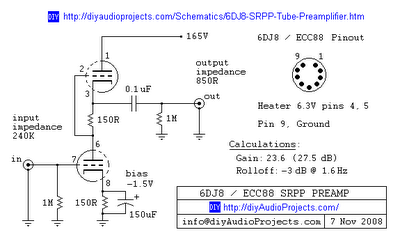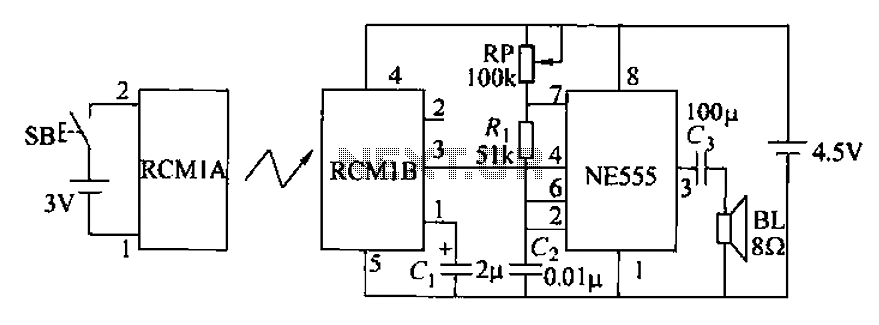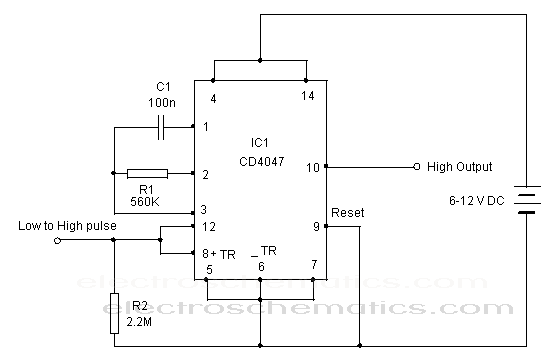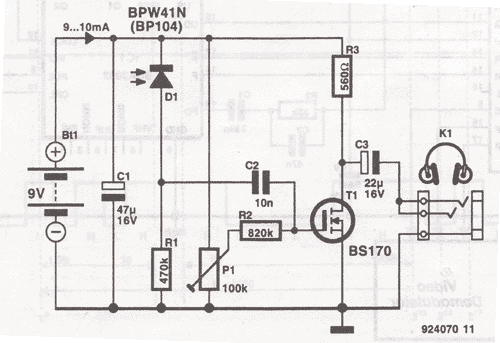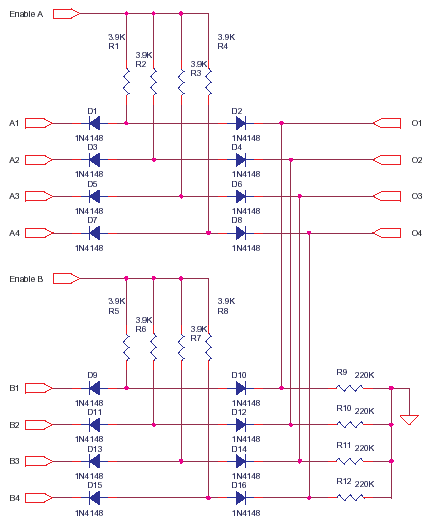
3 Volts Car Adapter Circuit
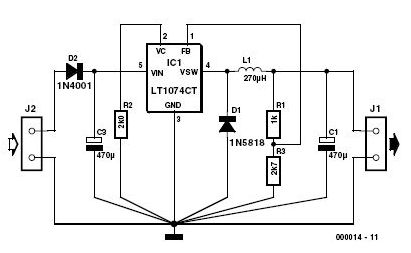
This 3-volt car adapter circuit is based on a standard LT1074CT switching regulator IC. The schematic shows the LT1074CT used as a positive step-down regulator.
The 3-volt car adapter circuit employs the LT1074CT, which is a high-efficiency switching regulator capable of delivering a stable output voltage from a higher input voltage. The LT1074CT is designed to provide a regulated output voltage, making it suitable for powering various electronic devices in a vehicle environment.
In this configuration, the circuit typically includes several key components: the LT1074CT IC, input and output capacitors, an inductor, and a diode. The input capacitor stabilizes the input voltage and filters out any high-frequency noise, while the output capacitor smooths the output voltage, ensuring that it remains stable under varying load conditions.
The inductor plays a crucial role in the energy transfer process of the switching regulator. It stores energy when the LT1074CT is in the 'on' state and releases it to the output when the regulator switches 'off'. The choice of inductor value is critical, as it affects the efficiency and response time of the circuit.
A Schottky diode is often used in this application due to its low forward voltage drop and fast recovery time, which minimizes power loss and improves overall efficiency. The feedback pin of the LT1074CT monitors the output voltage and adjusts the switching duty cycle to maintain the desired output voltage of 3 volts.
To ensure reliable operation in a car environment, the circuit should be designed to withstand voltage transients and variations in input voltage that may occur due to the vehicle's electrical system. Proper thermal management should also be considered, as the LT1074CT may generate heat during operation, especially under heavy load conditions.
Overall, the LT1074CT-based 3-volt car adapter circuit is an effective solution for providing a stable power supply for various low-voltage electronic devices in automotive applications.This 3 volts Car Adapter circuit is based on a standard LT1074CT switching regulator IC. The schematic shows the LT1074CT used as a positive step-down or ‘.. 🔗 External reference
The 3-volt car adapter circuit employs the LT1074CT, which is a high-efficiency switching regulator capable of delivering a stable output voltage from a higher input voltage. The LT1074CT is designed to provide a regulated output voltage, making it suitable for powering various electronic devices in a vehicle environment.
In this configuration, the circuit typically includes several key components: the LT1074CT IC, input and output capacitors, an inductor, and a diode. The input capacitor stabilizes the input voltage and filters out any high-frequency noise, while the output capacitor smooths the output voltage, ensuring that it remains stable under varying load conditions.
The inductor plays a crucial role in the energy transfer process of the switching regulator. It stores energy when the LT1074CT is in the 'on' state and releases it to the output when the regulator switches 'off'. The choice of inductor value is critical, as it affects the efficiency and response time of the circuit.
A Schottky diode is often used in this application due to its low forward voltage drop and fast recovery time, which minimizes power loss and improves overall efficiency. The feedback pin of the LT1074CT monitors the output voltage and adjusts the switching duty cycle to maintain the desired output voltage of 3 volts.
To ensure reliable operation in a car environment, the circuit should be designed to withstand voltage transients and variations in input voltage that may occur due to the vehicle's electrical system. Proper thermal management should also be considered, as the LT1074CT may generate heat during operation, especially under heavy load conditions.
Overall, the LT1074CT-based 3-volt car adapter circuit is an effective solution for providing a stable power supply for various low-voltage electronic devices in automotive applications.This 3 volts Car Adapter circuit is based on a standard LT1074CT switching regulator IC. The schematic shows the LT1074CT used as a positive step-down or ‘.. 🔗 External reference
